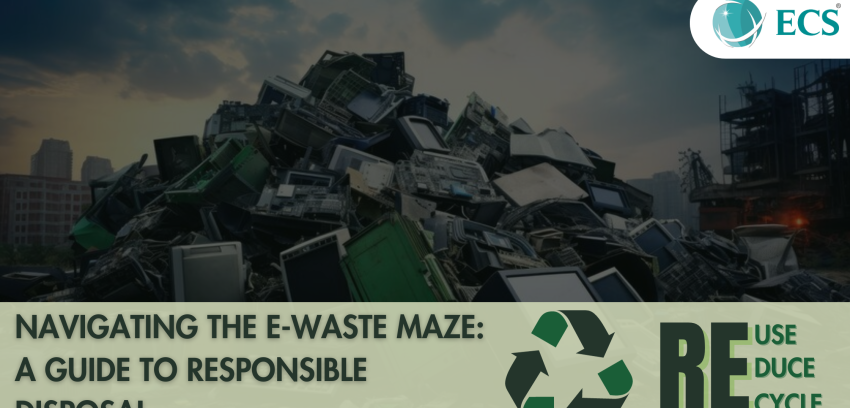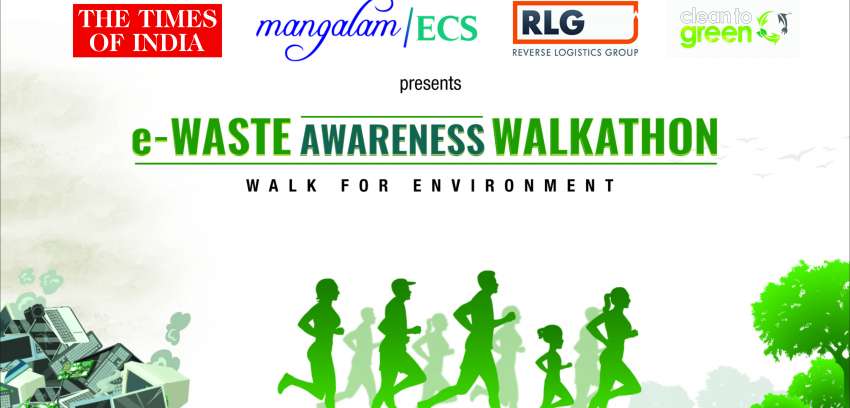With the world seeing more of data-centric decisions, securing to unfold sensitive information is no longer a recommended practice but rather a necessity. To a company fretting over some confidential records of their clients, or a small business dealing with some of the internal documents, choosing between Data Sanitization Services vs Data Destruction Services might be a big difference in their data security, regulatory compliance, and environmental consciousness.
In this blog, the differing factors will be discussed to enable you to choose the one that your organization needs.
Understanding the Difference: Data Sanitization vs. Data Destruction
Data Sanitization and Data Destruction represent separate techniques that serve unique objectives and produce different results, despite their frequent interchangeable use.
Data Sanitization involves employing complex procedures to make data permanently irretrievable while still preserving it for future applications.
Deliberate Data Destruction involves wiping both the information and its storage device clean, to make certain that it can no longer be recovered in any form.
Selecting between these options requires consideration of your data characteristics alongside industry regulations and future storage hardware utilization plans.
What is Data Sanitization?
Data Sanitization represents a procedural method that irreversibly eliminates or modifies data on storage devices to prevent any possibility of recovery through advanced forensic techniques. Organizations seeking to repurpose or market IT assets while maintaining data protection find this solution perfect.
Key Features of Data Sanitization:
- May include overwriting, cryptographic erasure, or degaussing.
- Commonly sought under green measures aiming at sorting out e-waste.
- Compliant with standards like NIST 800-88 and ISO/IEC 27040.
These services can also be utilized as part of IT asset disposition (ITAD) programs when companies want to extend the lifespan of their equipment.
What is Data Destruction?
Data destruction means completely erasing data along with the physical device that holds it. This is usually done by shredding, burning, or crushing the device.
Key Features of Data Destruction:
- Guarantees that data cannot be recovered.
- Ideal for very sensitive or classified information.
- Uses services that follow legal and regulatory rules.
Often required by organizations that handle top-secret information, such as government agencies or defense contractors.
Data Sanitization Services are employed in the majority of IT asset disposition (ITAD) programs, especially those aimed at keeping their equipment running longer.
Importance of Certified Data Disposal Services
When selecting between Data Sanitization Services and Data Destruction Services, certification matters. Certified providers ensure:
- Adherence to global standards (e.g., NIST, NAID AAA).
- Proper documentation and audit trails.
- Peace of mind that sensitive data won’t fall into the wrong hands.
In countries like India, growing regulatory scrutiny is making Data Destruction Services in India more structured and standardized, with a focus on both data security and environmental compliance.
Data Sanitization & Destruction in Different Industries
Different industries have different requirements for data disposal:
 Choosing the right Data Sanitization Process or destruction method ensures compliance, mitigates risks, and supports organizational policies.
Choosing the right Data Sanitization Process or destruction method ensures compliance, mitigates risks, and supports organizational policies.
Onsite vs. Offsite Data Destruction Services
Both onsite and offsite services have their pros and cons:
- On-site Data Destruction: Equipment is destroyed at your location. Ideal for highly sensitive environments where data cannot leave the premises.
- Offsite Data Destruction: Devices are transported to a secure facility for destruction. Often more cost-effective and efficient for large volumes.
Trusted Data Destruction Services in India now offer secure chain-of-custody logistics and real-time tracking for off-site operations.
Environmental Responsibility in Data Disposal
Data disposal should not damage the environment. Data sanitization renders electronic items suitable for reuse and resale in line with sustainable practices.
Certified vendors form alliances with electronic waste recyclers to ensure destroyed components undergo safe processing, which helps reduce landfill contributions while supporting circular economy initiatives.
Best Practices for Secure Data Disposal Strategy
To effectively manage your organization’s data disposal, follow these best practices:
- Identify sensitive data and storage devices across departments.
- Classify data based on confidentiality and regulatory requirements.
- Choose between sanitization or destruction based on data type and asset reuse strategy.
- Partner with certified providers for Data Sanitization Services or Data Destruction Services.
- Document the process with logs, certificates, and compliance reports.
Conclusion
If you’re thinking about reusing IT equipment or disposing of sensitive data, you ought to really understand what Data Sanitization and Data Destruction fall under and what distinguishes one from the other! Either way, opting for certified services from a trustworthy company near you (those that provide Data Destruction services in India, for example) ensures confidentiality and compliance with the rules while also being environmentally conscious.
Frequently Asked Questions (FAQs)
In basic terms, what sets Data Sanitization apart from Data Destruction?
Data Sanitization keeps the physical device intact for reuse, whereas Data Destruction removes the data and the device as well.
Which industries benefit most from Data Sanitization?
Industries like IT, telecom, and tech companies that regularly upgrade and reuse equipment.
Is Data Sanitization truly safe for sensitive data?
Yes, if it’s done right with proper certified procedures like NIST 800-88.
Are there certified Data Destruction Services in India?
Yes, many certified providers follow international standards and offer both onsite and offsite destruction.
How do I choose between onsite and offsite destruction?
Choose on-site for extremely sensitive data and off-site for bulk or less-critical assets.





